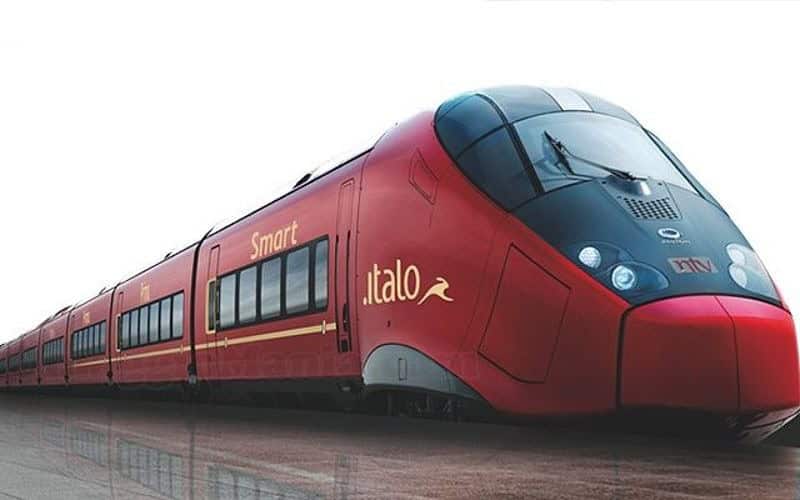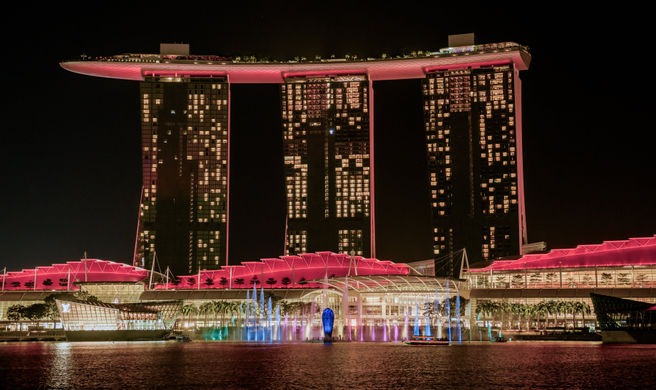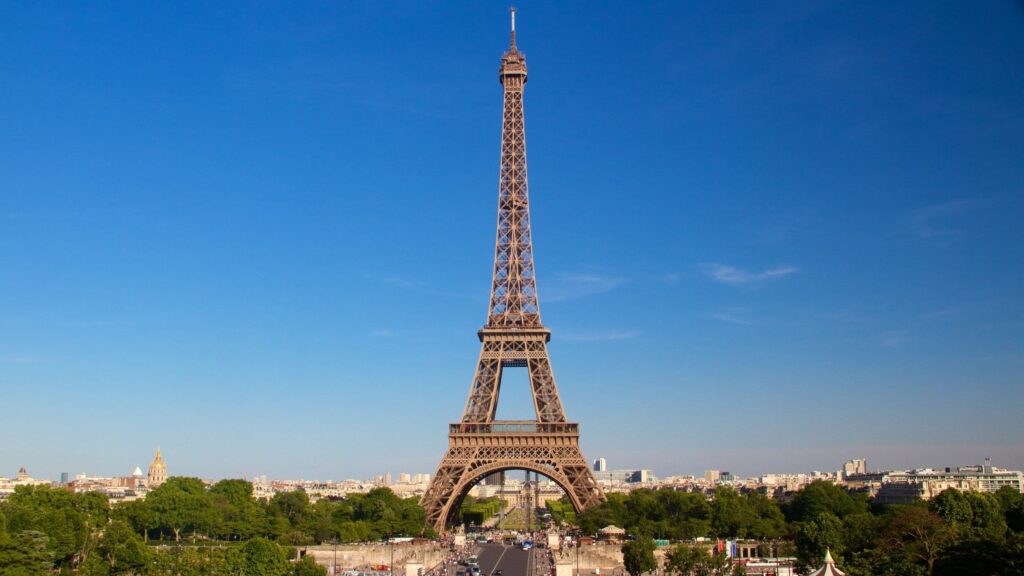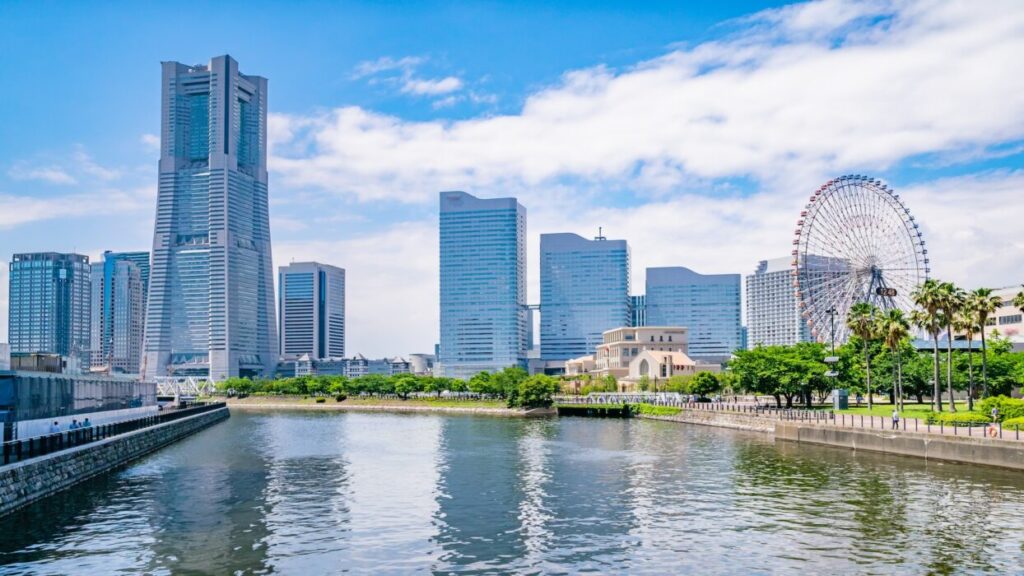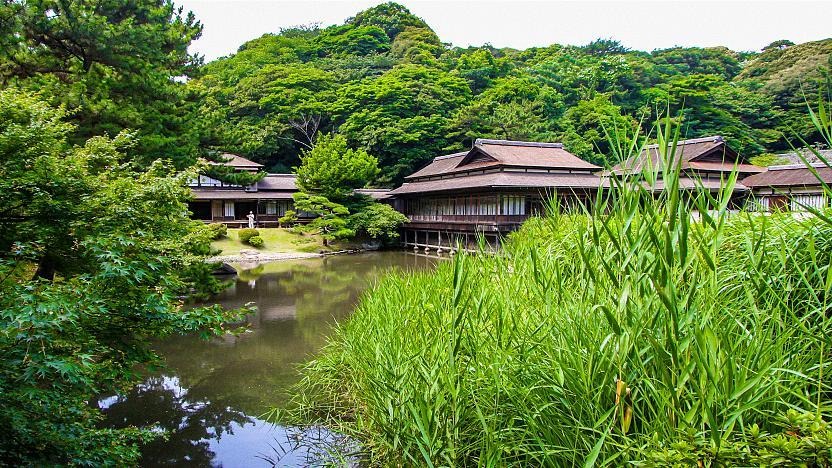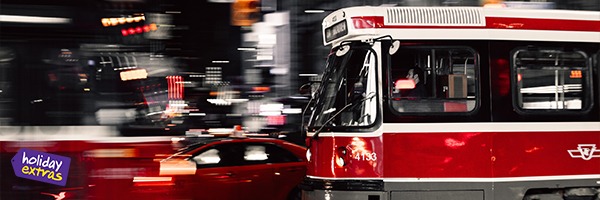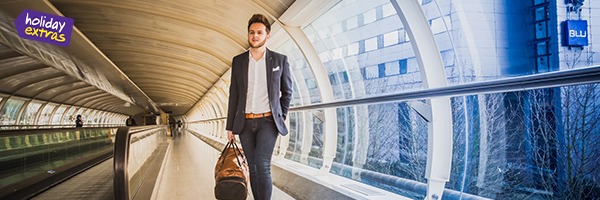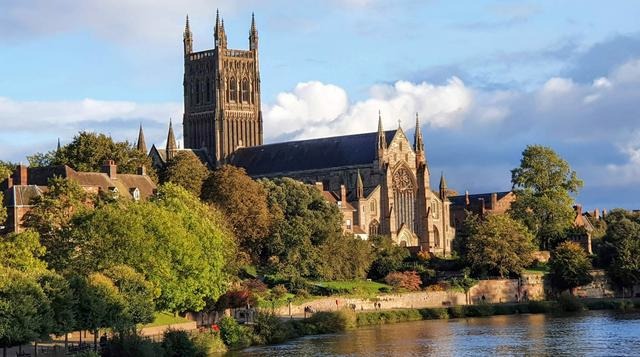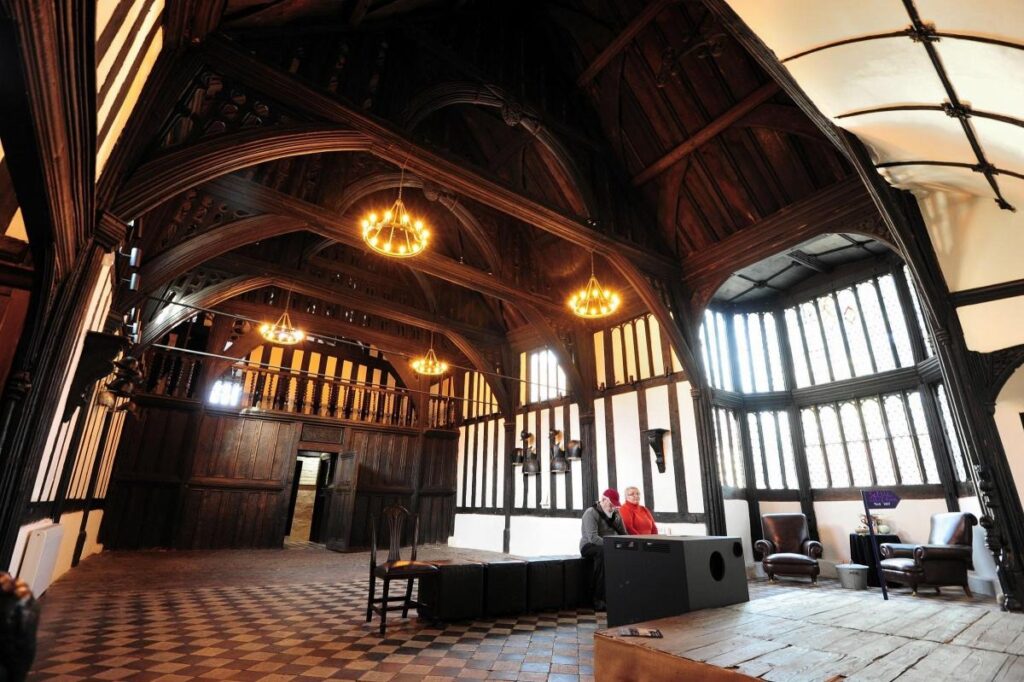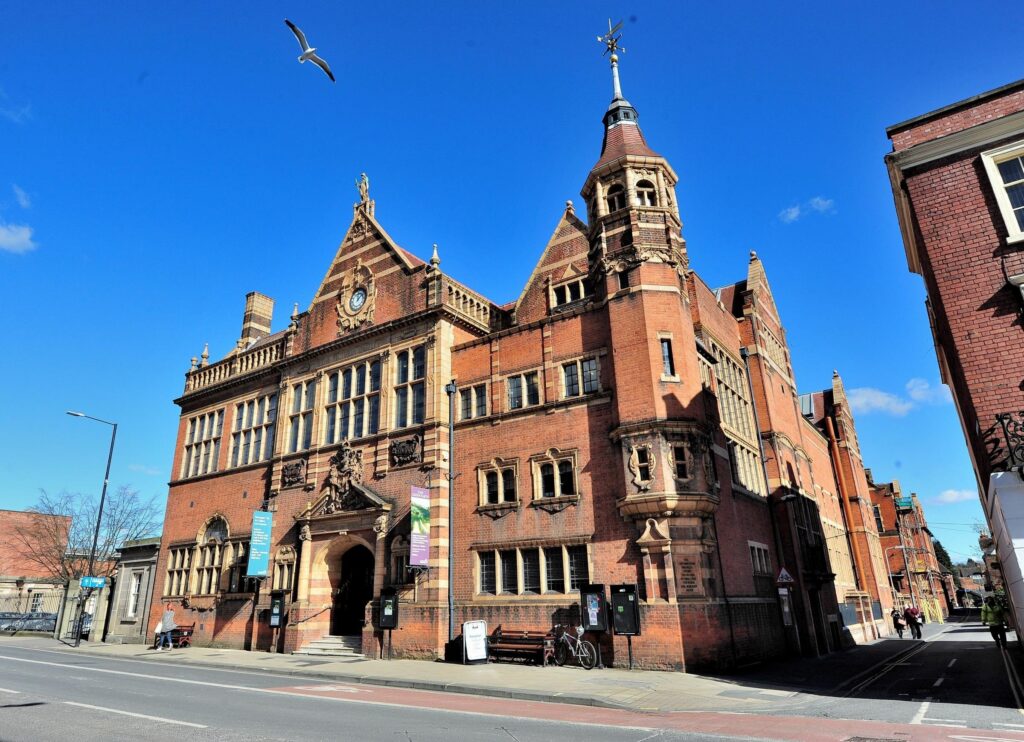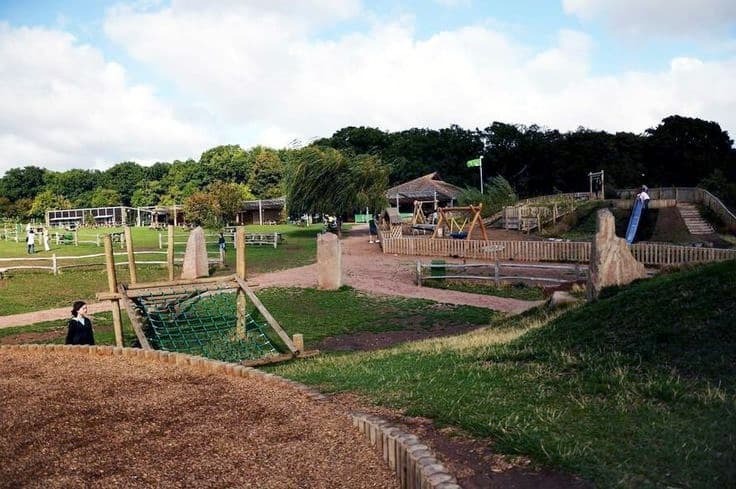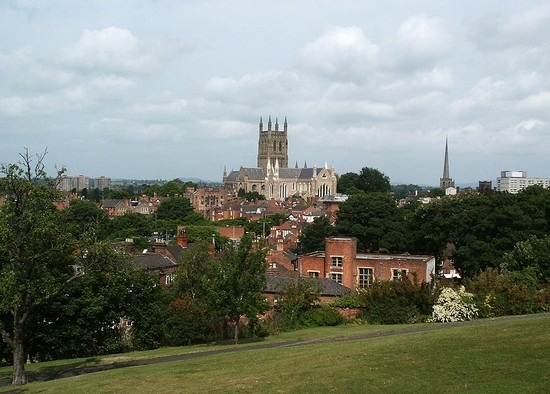When it comes to high-speed rail travel in Italy, Italo Treno stands out as a leader in comfort, efficiency, and affordability. Whether you’re a frequent business traveler or a leisure explorer, Italo ensures that every journey is seamless and enjoyable. But did you know that you can make your trips even more rewarding with Italo eXtra?
Italo eXtra is Italo Treno’s exclusive loyalty program designed to offer valuable perks, discounts, and rewards to its customers. If you love traveling across Italy’s stunning landscapes via high-speed rail, this program is a must-have. In this article, we’ll explore everything about Italo eXtra, including its benefits, how to join, and why it’s a game-changer for train travelers in Italy.
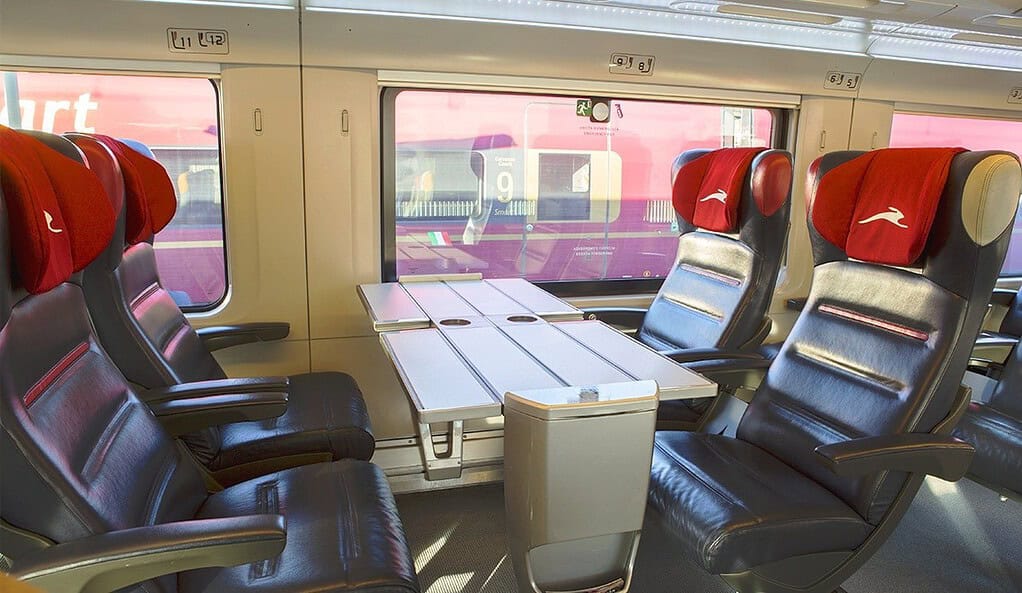
What is Italo eXtra?
Italo eXtra is a loyalty program by Italo Treno, offering customers points for every euro spent on train tickets. These points can later be redeemed for free trips, discounts, and exclusive promotions. Whether you’re traveling between Milan and Rome for business or exploring Florence and Naples for leisure, Italo eXtra ensures that every journey earns you rewards.
This program is free to join, making it an excellent choice for anyone who frequently uses Italo’s high-speed train services. The more you travel, the more you earn—turning your everyday commute or vacation travels into opportunities for exclusive perks.

How to Join Italo eXtra
Joining Italo eXtra is a simple process that can be completed in just a few minutes. Here’s how you can sign up:
- Visit the Official Website: Go to the Italo Treno website and navigate to the Italo eXtra section.
- Register for Free: Sign up with your email address and personal details to create an account.
- Start Earning Points: Once registered, you will start accumulating points with every ticket purchase.
After signing up, you can access your personalized dashboard where you can track your points, redeem rewards, and check for special promotions.
How Italo eXtra Works: Earning and Redeeming Points
Earning Points:
- Every €1 spent = 5 Italo eXtra points
- Bonus points for booking in premium travel classes
- Exclusive promotions where you can earn extra points on selected routes
For example, if you book a ticket worth €50, you will earn 250 points. The more you travel, the faster you accumulate points.
Redeeming Points:
Once you have accumulated enough points, you can use them to book free train tickets, upgrade your seating class, or enjoy partner discounts.
- Free Italo Tickets: Use your points to book train tickets at no cost.
- Seat Upgrades: Upgrade to Prima or Club Executive class for a more luxurious experience.
- Discounts and Promotions: Enjoy exclusive deals on travel and partner offers.
The redemption process is flexible, allowing members to book their rewards at their convenience.

Exclusive Benefits of Italo eXtra Membership
1. Priority Customer Service
Members enjoy dedicated customer support, ensuring faster responses and personalized assistance for travel-related inquiries.
2. Access to Special Offers
Italo eXtra members receive early access to promotions, seasonal discounts, and partner deals, helping them save on future bookings.
3. Flexible Redemption Options
Unlike many other loyalty programs, Italo eXtra offers flexible redemption, meaning you can use your points whenever you choose, without blackout dates.
4. VIP Travel Experience
By earning enough points, members can upgrade their class of travel to enjoy luxury seating, complimentary snacks, and premium services.
Maximizing Your Italo eXtra Membership
✔ Book in Advance – Unlock bonus points by booking tickets early.
✔ Travel in Premium Classes – Earn more points by choosing Prima or Club Executive.
✔ Take Advantage of Promotions – Keep an eye out for double or triple points campaigns.
✔ Use Your Points Strategically – Save for high-value trips or luxury upgrades.
Why Italo eXtra is a Must-Have for Travelers
Whether you commute daily or take occasional leisure trips, signing up for Italo eXtra is a no-brainer. Every ticket purchase brings you closer to free travel, premium seating, and special deals, making your Italian adventures even more enjoyable.
So, why wait? Join Italo eXtra today and start earning rewards on your next journey

